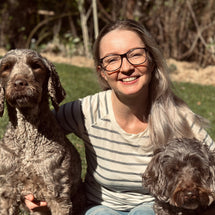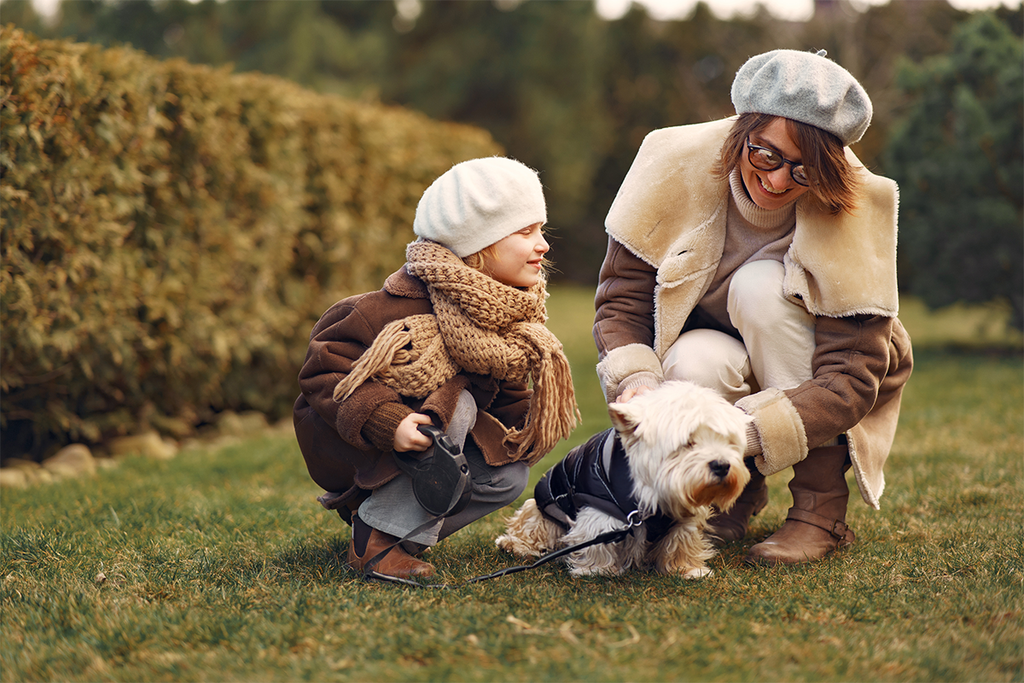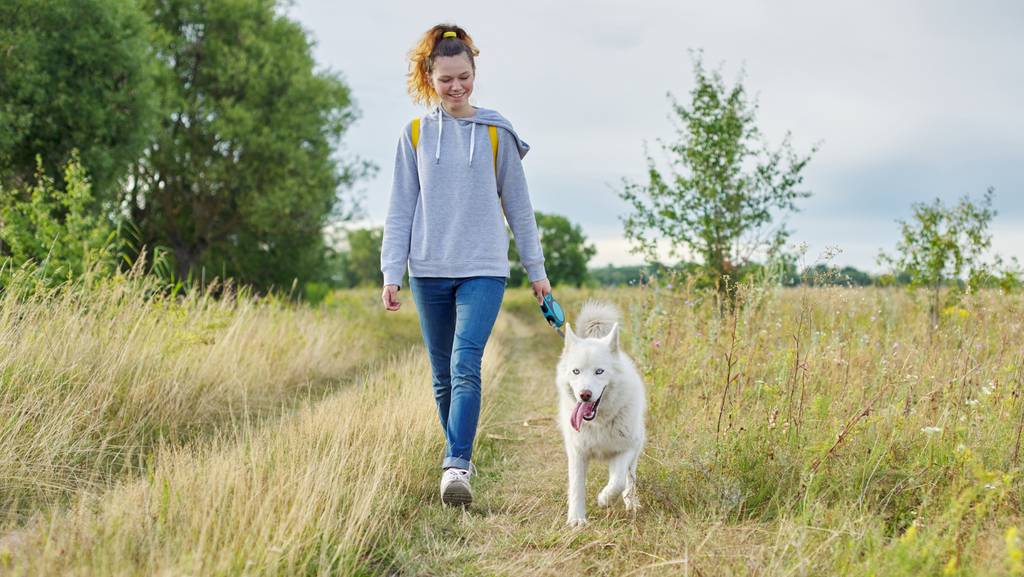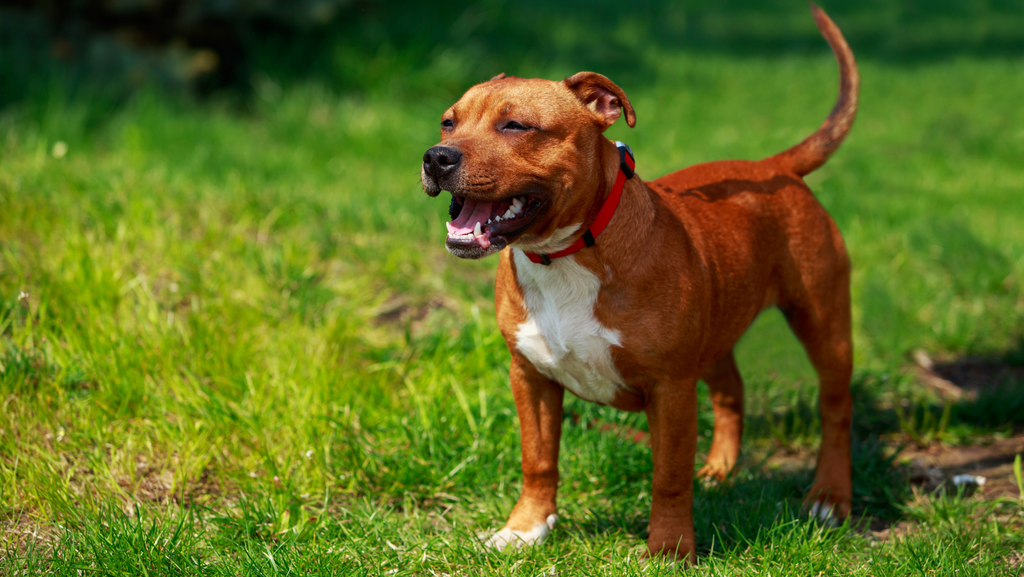Protecting Australian Wildlife: When to step in and seek help

We know that our Petzyo family don’t just love their dogs, we love all animals, including Australia’s unique and diverse wildlife. While many of us are drawn to these incredible animals, it’s important to remember that they are best admired from a distance. Human intervention, even when well-intended, can sometimes do more harm than good. This guide will help you understand when and how to assist injured wildlife.
What to do if you find sick or injured wildlife
Firstly, it is recommended that you contact your local wildlife rescue organisation or a veterinarian for advice. Sick or injured wildlife are likely to be in distress and fearful, so they may try to run away or attack out of pain or fear. If you are able to handle sick or injured wildlife, always ensure your safety and prevent further injury or stress to the animal. Often it is best to wait for the professionals if you are unsure. Be prepared by sharing your current location with the rescue group.
Assess the Situation
Before taking action, it’s crucial to evaluate the circumstances. Ask yourself:
- Is the animal injured or in immediate danger?
- Could it be a young animal that is actually being watched by its parent?
- Is it safe for you to approach?
If you are unsure, call a licensed wildlife carer or your local wildlife rescue group for advice before intervening.
Calmly Approach

If intervention is necessary, ensure you approach the animal slowly and with caution:
- Keep noise and movement to a minimum to avoid stress.
- Do not attempt to touch or pick up the animal unless absolutely necessary.
- Wear gloves or use a towel, blanket or jumper to avoid direct contact, as wildlife can react defensively.
- Keep mother and young together. If young animals in a pouch are still connected to a teat, do not detach them.
- Avoid handling large or dangerous animals such as kangaroos, koalas, or snakes. It’s best to call a wildlife rescue professional instead.
Transport
If the wildlife rescue group advises that the animal should be taken to a veterinary clinic:
- Use a well-ventilated, secure box lined with a soft towel.
- Keep the animal warm, dark, and quiet to minimise stress.
- Do not attempt to feed or give water to the animal, as improper feeding can be harmful.
- Drive very carefully, especially at night, and avoid unnecessary stops.
Admit to a Wildlife Facility or Veterinary Clinic

If it is safe to do so, take the animal to the nearest veterinary clinic. Once at the vet clinic or licensed wildlife facility:
- Inform the staff immediately that you have an injured wild animal.
- Provide details about where and how the animal was found.
- Ensure the professionals take over from there, as wildlife should only be cared for by trained experts.
- If you wish, phone the clinic in a few hours to follow up on the animal’s progress.
There is no fee charged to members of the public for veterinary care of wildlife, as this is usually paid for out of the practice’s private profits and goodwill. You will not be able to take the animal home for care as they will be transferred to a licensed wildlife career for proper rehabilitation and release.
Dangerous Animals and Your Safety
Not all wildlife can or should be handled by the public. Some animals are venomous, aggressive when stressed, or require specialised care. Do not approach:
- Snakes
- Bats (which can carry Australian Bat Lyssavirus)
- Large kangaroos and wallabies (stress easily and can hurt themselves and others)
- Monitor lizards (goannas)
- Birds of prey (such as eagles, hawks, and owls)
- Possums, wombats and koalas ( they have strong claws and often bite)
For these animals, call a licensed wildlife carer immediately instead of attempting to intervene yourself.
Veterinary Care and Rehabilitation

Wildlife brought to a vet clinic will be triaged to assess their condition. Outcomes may include:
-
Immediate release if the animal is unharmed.
-
Treatment and short-term care for minor injuries.
-
Transfer to a licensed wildlife carer for rehabilitation.
-
Euthanasia if the animal is suffering from untreatable injuries or illness.
The ultimate goal of all wildlife rehabilitation is to return the animal to its natural habitat in a healthy and self-sufficient state.
Wildlife Rescue Contacts by State & Territory
If you find an injured animal, contact a wildlife rescue group in your area:
-
Victoria (VIC): Wildlife Victoria (03 8400 7300)
-
New South Wales (NSW): WIRES (1300 094 737), Sydney Wildlife Rescue (9413 4300)
-
Queensland (QLD): RSPCA Wildlife (1300 ANIMAL or 1300 264 625), Wildcare Australia (07 5527 2444),
-
South Australia (SA): South Australian Veterinary Emergency Management (0477 055 233) Fauna Rescue SA (08 8289 0896), RSPCA SA.
-
Western Australia (WA): WA Wildlife (08 9474 9055)
-
Tasmania (TAS): Tasmania Parks and Wildlife Service (1300 827 727), Bonorong Wildlife Rescue (0447 264 625)
-
Australian Capital Territory (ACT): ACT Wildlife (0432 300 033)
-
Northern Territory (NT): Wildcare NT (0419 221 128)
Legal Responsibilities for Wildlife Care
Handling wildlife comes with legal responsibilities. The general public cannot keep wildlife as pets or attempt to rehabilitate them without holding the necessary licenses and authorisation.
Key Regulations in Australia
-
Laws on Keeping Wildlife: Injured wildlife must be taken to a vet or licensed carer within 72 hours.
-
Licensed Wildlife Carers: Only accredited individuals or organisations can rehabilitate and release wildlife.
-
Rehabilitation Permits: Carers must hold a valid permit to legally care for native animals.
-
Veterinary Responsibilities: Vets must follow specific legal guidelines when treating wildlife, including:
-
Veterinary Surgeon’s Act state-specific regulations governing veterinary professional practice
-
Animal welfare and protection laws. These vary by each state and territory
-
Nature conservation laws detailing management of protected species
-
Wildlife management regulations covering the care, rehabilitation and release of native animals in Australia
-
Controlled substances and poisons regulations: these are laws governing the administration of medications
-
Veterinary Surgeon’s Act state-specific regulations governing veterinary professional practice
Failure to comply with these laws can result in fines or even imprisonment. Always ensure wildlife is handed over to appropriate professionals.
Protecting Our Wildlife Through Respect and Responsibility

Respecting Australia’s wildlife means observing from a distance and only intervening when absolutely necessary. If you find an injured animal, always seek advice from licensed wildlife carers or veterinary professionals before taking action. By following these guidelines, we can ensure that our native wildlife receives the best possible care while preserving their place in the wild.
If you’d like to further support wildlife conservation efforts, consider donating to your local wildlife rescue group. Every contribution helps provide food, medical care, and rehabilitation.





